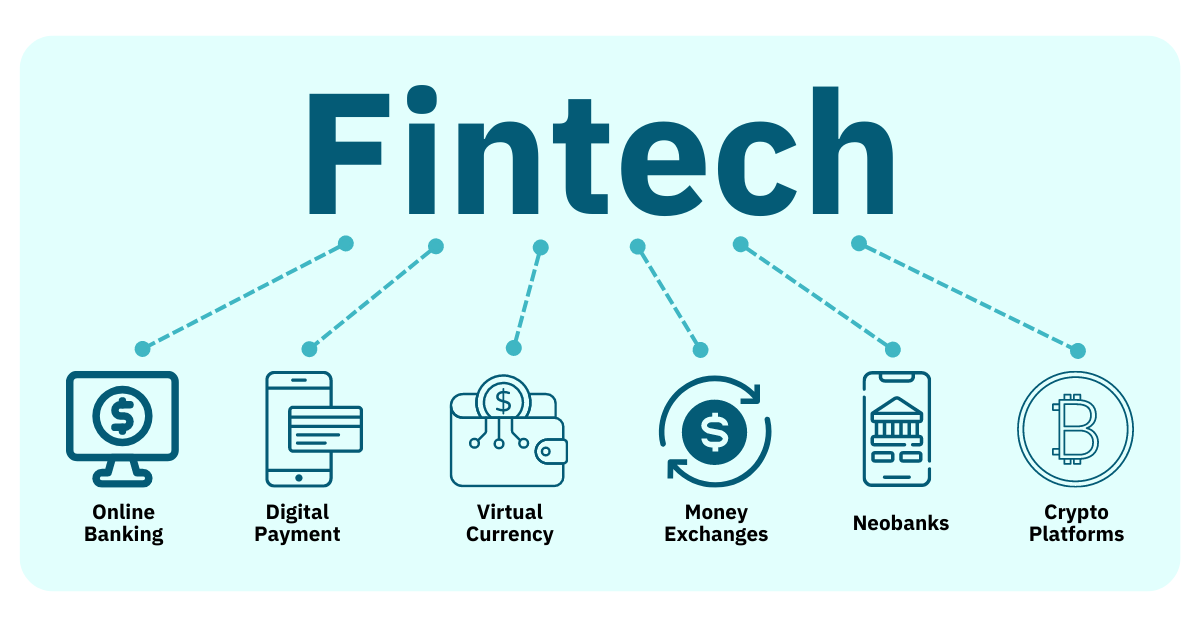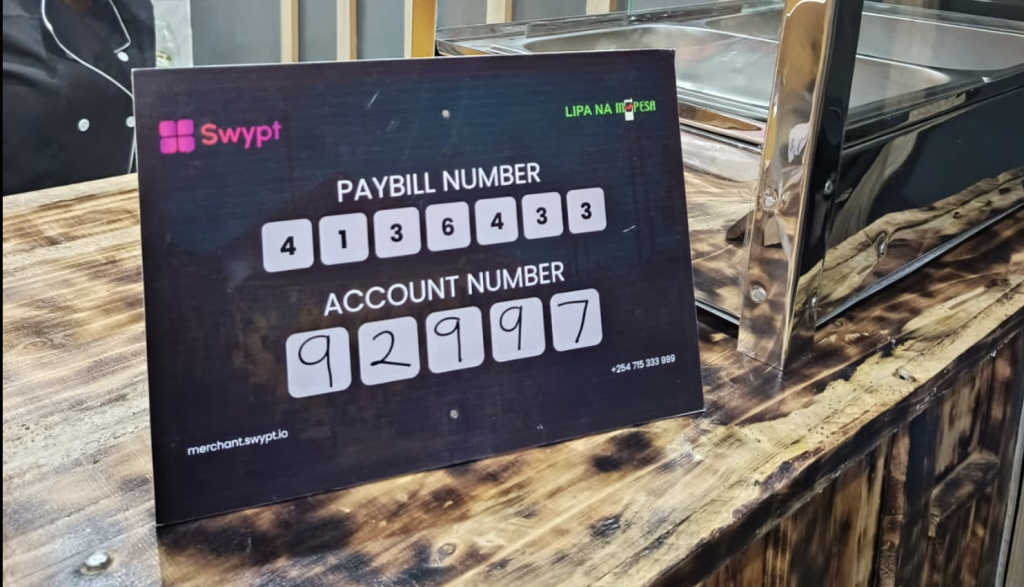
First published 15 September, 2024
What’s the future of Kenyan fintechs?
M-Pesa, Kenya’s dominant mobile payment platform owned by Safaricom, processed a staggering 20 billion transactions in 2023, accounting for about 60% of the country’s GDP.
While M-Pesa has revolutionised digital banking and payment services, its dominance in the market has reduced the appetite for fintech startups. Compared to its peers, Kenyan fintechs have not set new digital payment standards, as in Nigeria, Egypt, and South Africa. Some might argue that the country’s regulatory environment has slowed innovations in the financial services sector, but it’s too hard to ignore M-Pesa’s winning streak.
What is the future of fintech startups in Kenya? A report by Stears, a Nigerian market intelligence firm showed that Kenyan fintechs secured 8% of the total investments in the sector between 2019 and 2023, trailing Nigeria (39%), South Africa (20%) and Egypt (16%).
Next Wave continues after this ad.
As VCs shift focus to climate tech, which attracted 45% of total deals in H1 2024, building the next big digital bank to unseat traditional service providers might not sound like a good pitch.
M-Pesa has helped unbanked access to financial services, while traditional banks have raised their game by introducing digital banking platforms– the two developments have solved the accessibility and convenience questions.
Founders must present a compelling business model, with proof they can be profitable and acquire customers to receive investors’ backing. Smartphone-friendly technology alone is not enough to unseat Kenyan traditional banks and telcos, which have proven they can introduce some of the features that neobanks use to capture the market. Traditional financial institutions have also proved they can pour millions and poach staff from fintechs’ ranks, moving with their ideas.

Fintech deals in Kenya

The growth of digital payments in Kenya
Despite this onslaught from M-Pesa and traditional banks, all is not lost for Kenyan fintechs. While telcos and banks have built digital financial services platforms, VC analysts believe there’s a clear opportunity to build with a real digital-first approach. For instance, most Kenyan banks require customers to visit physical branches to open accounts and resolve disputed transactions. It is the same case with opening M-Pesa accounts and addressing fraud-related issues. On the other hand, fintechs can build solutions designed from the ground up to be digital, offering a more user-friendly and convenient experience.
Next Wave continues after this ad.
Mobile money and digital banking in Kenya have not brought down the banking fees as experts thought. In 2020, Kenyan regulators pushed for full interoperability with the hope that it would encourage competition in the ecosystem and potentially lower costs. While M-Pesa’s competitors, Airtel Money and Telkom Cash, offer lower rates, it still controls nearly 97% of the mobile payments market. Floating fintechs as a potential answer might appear to be a longshot, but there is sufficient evidence that they lower costs. Neobanks’ reliance on technology and reduced physical infrastructure means they can easily cut operating costs, which they can pass to customers with lower fees.
Kenyan fintechs can also focus on specific market segments that traditional financial institutions may not prioritise. Most fintech solutions in Kenya have been around payments: P2P, P2B, B2B and cross-border or remittances. Yet, many opportunities in other financial services subsector are underserved. At 3%, Kenya has one of the lowest insurance penetration rates in Sub-Saharan Africa. Founders can explore products that serve this market, which banks like Equity Group and KCB Group have now shown interest in. Access to affordable credit is another area that is often ignored. In 2020, several micro-credit apps emerged, but most have been accused of saddling customers with debts.
Kenyan fintech will need more than apps designed for mobile interfaces to attract and retain customers in the face of M-Pesa and traditional banks’ competition. In Nigeria, Egypt and South Africa, neobanks are challenging legacy institutions with mobile payment solutions, lending and PoS services. Kenyan players have been unable to replicate that level of success. Despite the hurdles, founders should seize the opportunities in other subsectors of financial services like insurance.
Next Wave ends after this ad.
Adonijah Ndege
Senior Reporter, TechCabal
Thank you for reading this far. Feel free to email adonijah[at]bigcabal.com, with your thoughts about this edition of NextWave. Or just click reply to share your thoughts and feedback.
We’d love to hear from you
Psst! Down here!
Thanks for reading today’s Next Wave. Please share. Or subscribe if someone shared it to you here for free to get fresh perspectives on the progress of digital innovation in Africa every Sunday.
As always feel free to email a reply or response to this essay. I enjoy reading those emails a lot.
TC Daily newsletter is out daily (Mon – Fri) brief of all the technology and business stories you need to know. Get it in your inbox each weekday at 7 AM (WAT).
Follow TechCabal on Twitter, Instagram, Facebook, and LinkedIn to stay engaged in our real-time conversations on tech and innovation in Africa.



















